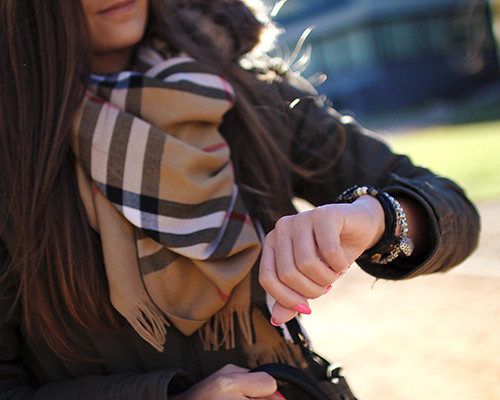Millennials are growing up. They already represent almost a quarter of the U.K. population. Nobody can ignore the undeniable impact they’re having on the world, forcing industries to change their ways and rethink marketing strategies to appeal to this so-called “boomerang” generation.
Despite an age range of more than 20 years, Millennials are often reduced to a stereotype. They are assumed to share the same fundamental traits, lead similar lifestyles, and have the same aspirations. Perhaps this was true of previous generations, but marketers must acknowledge the diversity of Millennials. While they may behave similarly, they come from varied backgrounds and have very different purchasing habits.
Luxury Multicultural Marketing
Nowhere is this more important than in the luxury market, which is forecast to rise in value to £12.2 billion by 2017, and where Millennials already constitute 45 percent of consumers.
Much of this growth is due to Asian and Middle Eastern demand. Fifty-six percent of Europeans between the ages of 18 and 34 prefer to buy products from niche and obscure brands, but their Asian and Middle Eastern counterparts are notorious for their love of luxury goods.
They consider their purchasing habits to reflect both their good tastes and financial successes. With the purchasing power behind black and minority ethnic communities already worth in excess of £300 billion, as cited in 2010, can marketers afford to neglect their cultural nuances? Affluent BME consumers are younger, more urban, and more digitally savvy than the rest of the country, and this presents a huge opportunity for marketers to integrate luxury brands into their lifestyles.
Burberry was one of the first to spot this potential, transforming itself into a digitally focused, global, luxury brand. Its online presence is second to none. Its Art of the Trench website offers consumers the chance to post selfies in their iconic Burberry coats, and its Acoustic page even helps them to showcase their musical talents.
By combining these features with innovative campaigns like Burberry Kisses, it’s clear the company is committed to creating a branded experience for the demanding Millennial consumer.
Here are five ways to follow its lead:
- Don’t Try to Be All Things to All People
Burberry has created a definable identity. It is not trying to be all things to all people. Instead, it acknowledges itsheritage and combines it with a forward-thinking approach to consumer experience. It is a savvy strategy that recognizes the main drivers of Millennial consumers. - Provide a Seamless Online Experience
More than87 percent of U.K. Millennials own smartphones, and most will use them to inform their purchasing decisions before they ever set foot in a store. Luxury brands have been slower than others to adopt omnichannel retailing, but for marketing to Millennials, creating a fluid experience across online channels is a must.This experience must extend beyond marketing to customer service, too. Louis Vuitton is one of the market leaders here, and younger luxury brands must follow suit before the platform becomes saturated. - Use WeChat to Engage Your Audience
While many multicultural Millennials live in the U.K., others are visitors. Spending by Chinese tourists, for instance, is expected to grow to£1 billion by 2020, and these consumers love luxury goods. For brands to take advantage, they must begin appealing to Chinese consumers before they ever set foot in the U.K.WeChat is rising in popularity and is one of the best available platforms. Eighty-six percent of its Chinese users are Millennials, and they represent an untapped market. Mulberry is ahead of the curve here. Earlier this year, it offered users the opportunity to send love messages to their partners on Chinese Valentine’s Day. It has also created a virtual store that allows future customers to explore its Bond Street shop from afar. - Offer the Luxury Experience Throughout
The luxury experience starts online, but it must continue in stores. Harrods leads the way here. Its staff wears nametags with flags representing the languages they can speak, and the store providescultural awareness training to ensure its staff can better serve their multicultural consumers. - Create Immersive Experiences
Rather than relying on traditional advertising, brands should focus on creating immersive experiences. For the launch of a new lipstick, for example, a store could set up a pop-up beauty salon where customers can experience the product firsthand.
Multicultural Millennials are set to define the luxury goods market for the foreseeable future. By earning their loyalty today, brands can expect to reap enormous profits in future.






